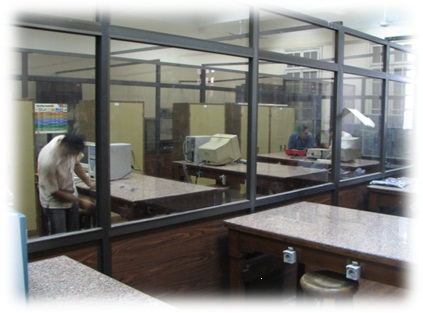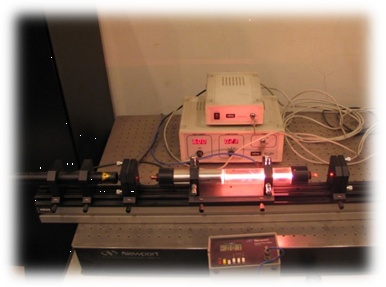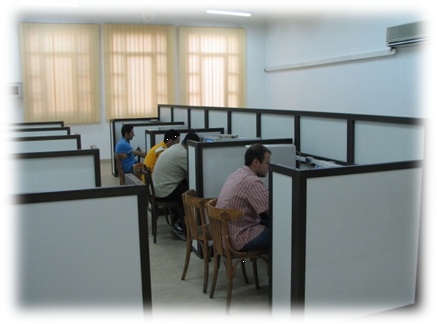Sequence Alignment Using Parallel Particle Swarm Optimization
Dr. Ahmed Sayed, Design Manager, Varkon Semiconductors
Prof. Salwa Nassar, ERI
Parallel Programming; High Performance Computing; Linux Cluster; EUMED Grid; Sequence Alignment; Particle Swarm Optimization; Grid Computing
Any biological study that compares two or more proteins or nucleic acids in either an explicit or implicit manner performs the fundamental procedure of sequence alignment to reason about which positions within these sequences are homologous; i.e. to find similarity regions between these biological sequences. Such similarities facilitate deriving inferences about gene functionality and ancestry if compared to previously examined sequences. As the biological sequence databases continue growing, and with the great advent of parallel computing machines and architectures, it is a normal extension to develop parallel algorithms and software tools to conduct sequence alignment. This is due to the ability of parallel computing to reduce the processing time needed for performing computational complex tasks that manipulate large databases without compromising accuracy.
In this thesis, a parallel programming implementation of the Particle Swarm Optimization (PSO) technique is proposed to solve the sequence alignment problem using the Message Passing Interface (MPI) library. The thesis describes the proposed algorithm, discusses the implementation details, reports and assesses the experiment results for running the algorithm on a Linux Cluster and the EUMED grid using two biological sequence benchmark databases.




